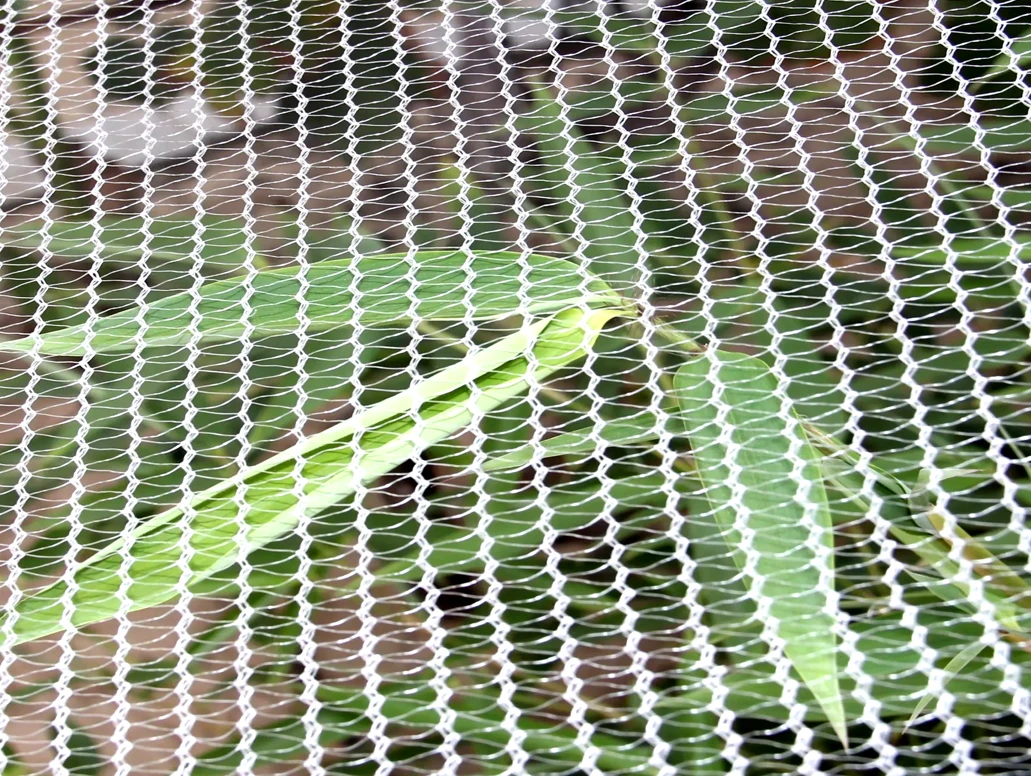-
 Afrikaans
Afrikaans -
 Albanian
Albanian -
 Amharic
Amharic -
 Arabic
Arabic -
 Armenian
Armenian -
 Azerbaijani
Azerbaijani -
 Basque
Basque -
 Belarusian
Belarusian -
 Bengali
Bengali -
 Bosnian
Bosnian -
 Bulgarian
Bulgarian -
 Catalan
Catalan -
 Cebuano
Cebuano -
 China
China -
 Corsican
Corsican -
 Croatian
Croatian -
 Czech
Czech -
 Danish
Danish -
 Dutch
Dutch -
 English
English -
 Esperanto
Esperanto -
 Estonian
Estonian -
 Finnish
Finnish -
 French
French -
 Frisian
Frisian -
 Galician
Galician -
 Georgian
Georgian -
 German
German -
 Greek
Greek -
 Gujarati
Gujarati -
 Haitian Creole
Haitian Creole -
 hausa
hausa -
 hawaiian
hawaiian -
 Hebrew
Hebrew -
 Hindi
Hindi -
 Miao
Miao -
 Hungarian
Hungarian -
 Icelandic
Icelandic -
 igbo
igbo -
 Indonesian
Indonesian -
 irish
irish -
 Italian
Italian -
 Japanese
Japanese -
 Javanese
Javanese -
 Kannada
Kannada -
 kazakh
kazakh -
 Khmer
Khmer -
 Rwandese
Rwandese -
 Korean
Korean -
 Kurdish
Kurdish -
 Kyrgyz
Kyrgyz -
 Lao
Lao -
 Latin
Latin -
 Latvian
Latvian -
 Lithuanian
Lithuanian -
 Luxembourgish
Luxembourgish -
 Macedonian
Macedonian -
 Malgashi
Malgashi -
 Malay
Malay -
 Malayalam
Malayalam -
 Maltese
Maltese -
 Maori
Maori -
 Marathi
Marathi -
 Mongolian
Mongolian -
 Myanmar
Myanmar -
 Nepali
Nepali -
 Norwegian
Norwegian -
 Norwegian
Norwegian -
 Occitan
Occitan -
 Pashto
Pashto -
 Persian
Persian -
 Polish
Polish -
 Portuguese
Portuguese -
 Punjabi
Punjabi -
 Romanian
Romanian -
 Russian
Russian -
 Samoan
Samoan -
 Scottish Gaelic
Scottish Gaelic -
 Serbian
Serbian -
 Sesotho
Sesotho -
 Shona
Shona -
 Sindhi
Sindhi -
 Sinhala
Sinhala -
 Slovak
Slovak -
 Slovenian
Slovenian -
 Somali
Somali -
 Spanish
Spanish -
 Sundanese
Sundanese -
 Swahili
Swahili -
 Swedish
Swedish -
 Tagalog
Tagalog -
 Tajik
Tajik -
 Tamil
Tamil -
 Tatar
Tatar -
 Telugu
Telugu -
 Thai
Thai -
 Turkish
Turkish -
 Turkmen
Turkmen -
 Ukrainian
Ukrainian -
 Urdu
Urdu -
 Uighur
Uighur -
 Uzbek
Uzbek -
 Vietnamese
Vietnamese -
 Welsh
Welsh -
 Bantu
Bantu -
 Yiddish
Yiddish -
 Yoruba
Yoruba -
 Zulu
Zulu
Bird Protection Mesh for Safe Aviary Enclosures and Outdoor Spaces
The Role of Bird Aviary Netting in Avian Conservation and Care
Bird aviary netting plays a pivotal role in the care and conservation of avian species. Whether in personal backyard aviaries, aviary parks, or wildlife rehabilitation centers, this specialized netting serves multiple purposes, ensuring the safety and wellbeing of birds while allowing them to thrive. In this article, we will explore the benefits, types, and applications of bird aviary netting, highlighting its essential role in avian life.
Safety and Security
One of the primary functions of bird aviary netting is providing a safe environment for birds
. These nets act as a physical barrier against predators, preventing birds from being harmed by larger animals such as cats, dogs, and birds of prey. For aviary owners and enthusiasts, securing the living space of their birds is of utmost importance, not only to protect them but also to facilitate a stress-free environment. The threat of predation can lead to anxiety in birds, which may affect their overall health and behavior. By utilizing quality netting, owners can ensure that their birds feel secure, allowing them to exhibit natural behaviors without the constant fear of attack.Promoting Natural Behaviors
Birds are inherently active creatures that require ample space to fly, forage, and socialize. Aviary netting allows birds to experience freedom while being contained within a safe perimeter. The mesh design of the netting enables sunlight and fresh air to filter through, creating a naturalistic environment that mimics their wild habitats. This exposure to natural elements is crucial for the physiological and psychological well-being of birds, encouraging behaviors such as perching, climbing, and engaging in social interactions with other birds.
bird aviary netting

Moreover, the ability to fly within a secure aviary environment fosters physical fitness among avian residents. Exercise is vital for maintaining healthy muscle tone and preventing obesity, two common issues faced by domesticated and captive birds. Bird aviary netting, therefore, supports the essential activity needs of birds while maintaining their safety.
Types of Bird Aviary Netting
A wide variety of bird aviary netting options are available, designed to suit different needs and environments. These nets can be constructed from various materials, including polyethylene, nylon, and polyester, each offering unique benefits. For instance, polyethylene netting is commonly used in large aviaries, thanks to its durability and resistance to UV exposure. Nylon, while strong and flexible, is lighter, making it suitable for smaller setups or temporary aviaries. Meanwhile, polyester netting often provides a balance of strength and lightweight properties, versatile enough for various applications.
Besides, aviary netting comes in different mesh sizes, which helps accommodate different species. For instance, smaller mesh sizes are necessary to contain smaller bird species and prevent them from escaping or becoming entangled. Conversely, larger species require sturdier netting to withstand their strength and prevent potential damage.
Conclusion
In conclusion, bird aviary netting is an indispensable tool in the world of avian care and conservation. By offering safety and security, promoting natural behaviors, and accommodating various species, aviary netting significantly enhances the life quality of birds under human care. For owners, investing in high-quality netting is not simply a matter of aesthetics; it is an essential step toward ensuring the health, happiness, and longevity of their avian companions. As we continue to appreciate the beauty and diversity of bird species, it is vital to prioritize their needs and provide them with environments that allow them to thrive—aviary netting is a step in that direction.
-
Shipping Plastic Bags for Every NeedNewsJul.24,2025
-
Safety Netting: Your Shield in ConstructionNewsJul.24,2025
-
Plastic Mesh Netting for Everyday UseNewsJul.24,2025
-
Nylon Netting for Every UseNewsJul.24,2025
-
Mesh Breeder Box for Fish TanksNewsJul.24,2025
-
Expanded Steel Mesh Offers Durable VersatilityNewsJul.24,2025











